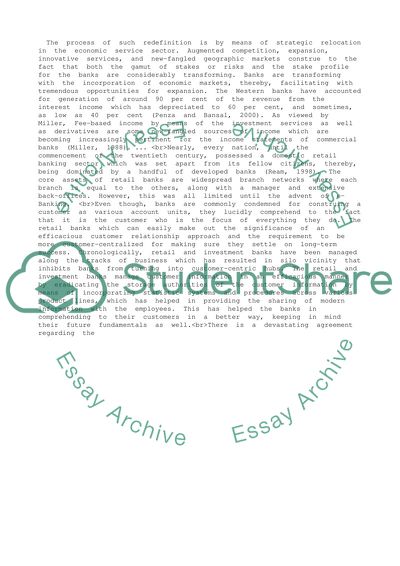Cite this document
(“Retail Banking Essay Example | Topics and Well Written Essays - 1500 words”, n.d.)
Retrieved from https://studentshare.org/business/1518653-retail-banking
Retrieved from https://studentshare.org/business/1518653-retail-banking
(Retail Banking Essay Example | Topics and Well Written Essays - 1500 Words)
https://studentshare.org/business/1518653-retail-banking.
https://studentshare.org/business/1518653-retail-banking.
“Retail Banking Essay Example | Topics and Well Written Essays - 1500 Words”, n.d. https://studentshare.org/business/1518653-retail-banking.


